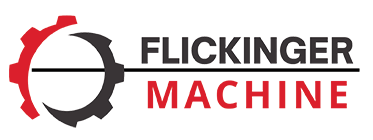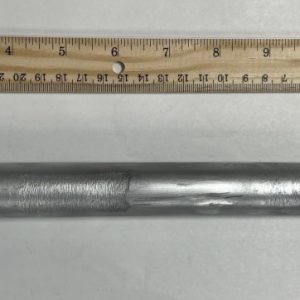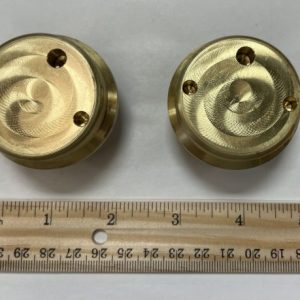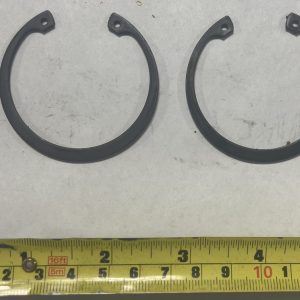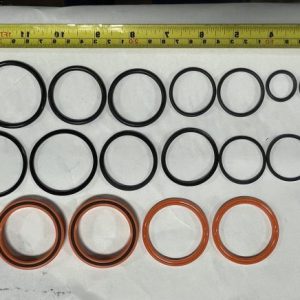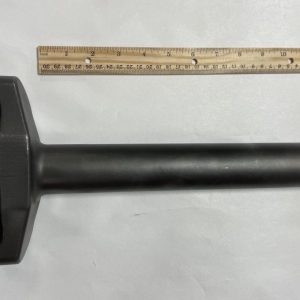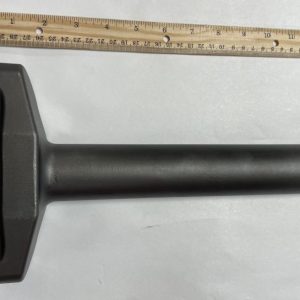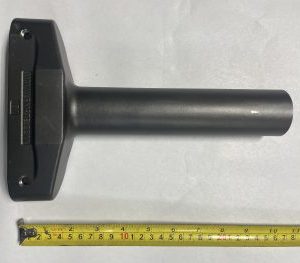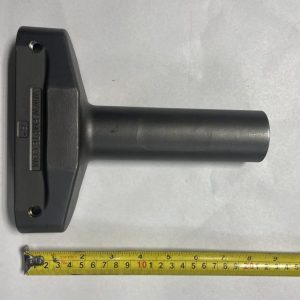Power Seating Jacks For Sale – Service – Repair
Power Seating Jacks Make Post-Tensioning Safer and More Efficient
Post-tensioning as a concept has been around since the 50s, and during that time, the tools used in post-tensioning applications have steadily improved. Today, power seating jacks represent the forefront of post-tensioning technology. In a few notable ways, power seating jacks are an upgrade over older, spring seating systems.
How Do Power Seating Jacks Help Post-Tensioning Crews Do Their Job?
Power seating jacks are a primary post-tensioning tool, responsible for loading force onto steel tendons nested inside concrete. By doing so, the tendons remain tensioned after they are anchored in place. The anchors transfer compressive force into the concrete, essentially holding it together if the concrete is subjected to intense forces.
During operation, the jack attaches to the strand using a set of grippers. The jack applies a tension load on the tendon. Once the desired pressure and elongation is achieved, the jack seats wedges into the anchor secured to the concrete slab. This process allows the wedge to penetrate into the steel strand and remain permanently affixed. The wedge is pushed into the anchor and there it remains, leaving the tendon in a locked, tense state.
What’s The Difference Between a Power Seating Jack and a Spring Seating Jack?
The difference is power – specifically, how it’s applied. With a spring seating jack, the wedges are seated using a spring combined with the tendon retracting when the pressure is released. With a power seating jack, tension is loaded onto the strand using hydraulic force. Pressurized fluid is supplied to the jack through a pump connected to the jack.
Relying on hydraulic pressure instead of a spring has its benefits. Here’s a few advantages you’ll gain with a power seating jack:
Seating loss is the loss of tensioning force on the steel strand. This normally occurs during anchoring.
Seating loss is a greater issue for spring seating jacks because the tendon is released prior to anchoring. When it’s released, the tendon snaps back slightly, reducing tension and pulling the wedge into the anchor cavity. To account for this seating loss, post-tensioning crews load the tendon with additional force beyond what is needed for the job. It’s an imprecise process prone to inconsistencies.
Power seating jacks maintain consistent force at every stage of post-tensioning, even as wedges are set into anchors. Seating loss is minimized, and concrete reinforcement is optimized.
Power jacks represent a new generation of technology for the prestressing and post-tensioning industries. They provide a number of advantages over older equipment, as you’d expect. There’s still room for spring seating jacks, though, because they’re less expensive and easier to service, on average.
Which Power Seating Jack is Better - a Single-Acting or Double-Acting Model?
Jacks are also defined by their stroke design. Power seating jacks are double-acting jacks while spring seating jacks are single acting. What’s the difference?
With a single-acting model, hydraulic force is only applied in one direction inside the cylinder. When the cylinder is extended to its maximum stroke length, the piston is reset via an internal spring. With a double-acting jack, hydraulic force is applied to both ends of the piston head.
Both single-acting and double-acting jacks can be used in post-tensioning applications, but there are a couple notable differences to consider before choosing either. For example:
- Single-acting jacks are rugged and reliable – Single-acting jacks are much simpler in design than double-acting models, so they tend to be more durable. They’re also easier to service when maintenance is required.
- Double-acting jacks provide additional control – Double-acting jacks can move with excellent precision in both directions. This gives crews additional control with how pressure is applied or removed.
A Couple Features to Look For in a Power Seating Jack
Power seating jacks do the heavy lifting or, in this case, pulling. You’ll want a jack that is built for tough jobs. Here’s what to look for:
Detachable seater nose assembly
The seater nose assembly is responsible for seating wedges and is where the jack meets the concrete, so to speak. Quality jacks are designed with a detachable seater nose assembly to accommodate different nose cone piece lengths. This ensures the jack can be used in challenging settings, like a concrete slab that’s been shaped at an angle.
Flickinger Machine Can Help Your Team Pick The Right Power Seating Jacks
Quality jacks are worth the investment, especially if your crew specializes in post-tensioning or prestressing concrete. Among your choice in jacks, power seating jacks provide additional efficiency, effectiveness, and mobility. There’s a lot to like about them, and if you’re considering switching to a power seating model, we can provide insight into which model will work best for your team.
